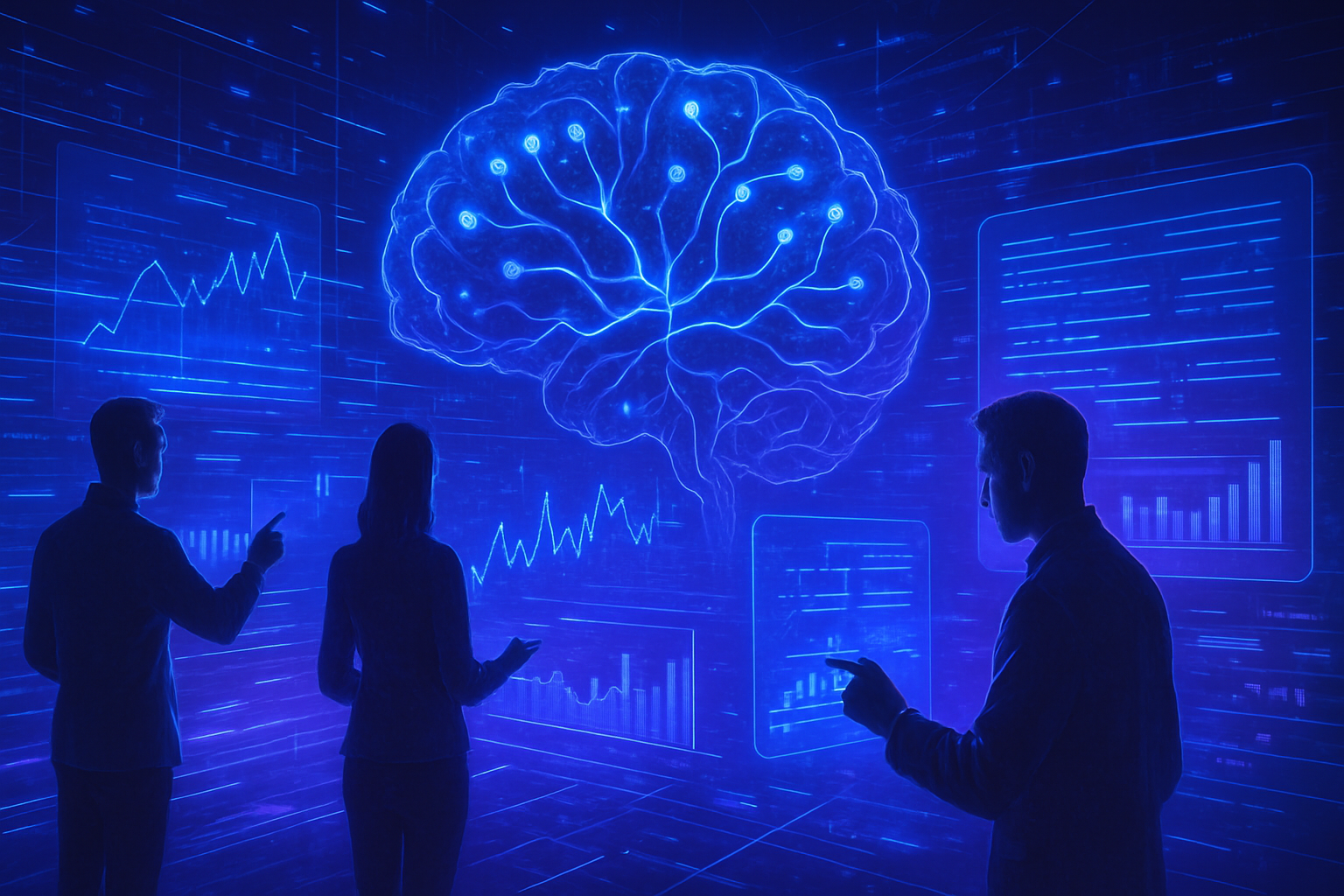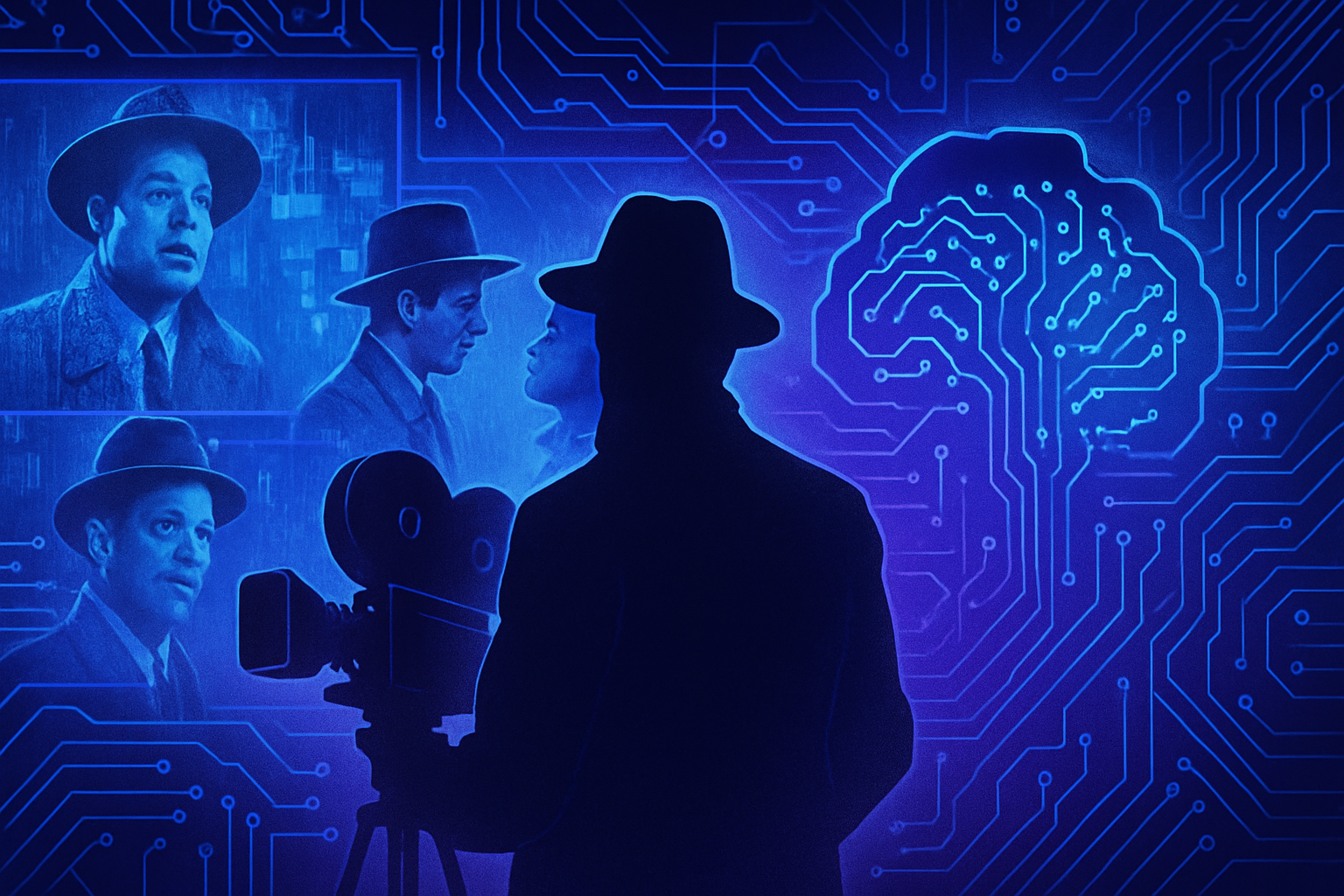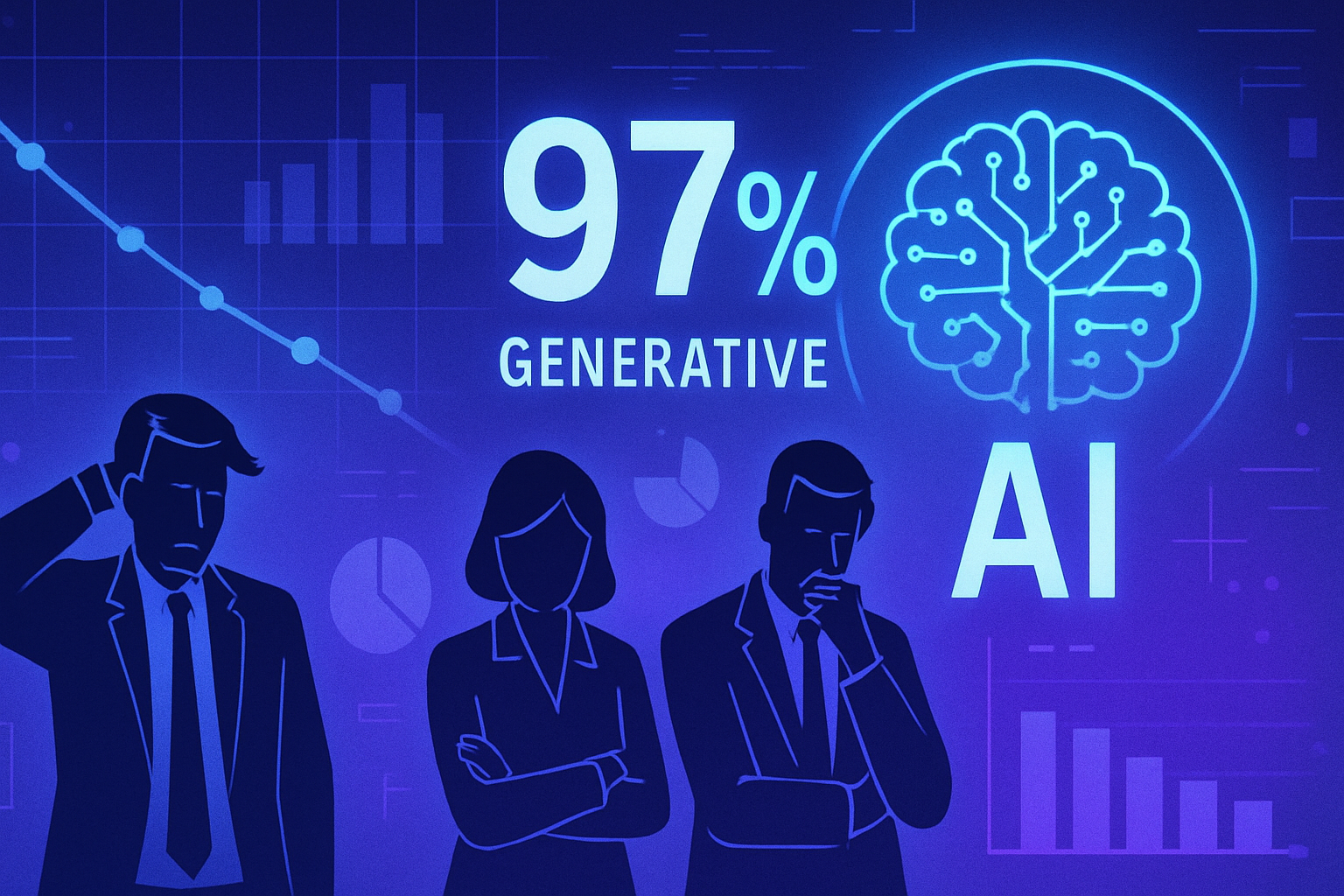Large language models are revolutionizing our understanding of artificial intelligence. Assessing their ability to comprehend the real world raises crucial questions. This field, combining sophisticated mathematics and cognitive science, reveals the underlying stakes of predictions.
The challenges of true understanding go beyond simple calculations. A new measure, inductive bias, reflects current limitations and adaptability capabilities. The quest for intelligence that transcends prediction arises, exacerbating the interest sought by researchers.
The implications of this research impact not only the technology sector but also fundamental scientific disciplines.
A new approach to evaluate artificial intelligence
Researchers from MIT and Harvard University have developed an innovative method to assess the depth of understanding of artificial intelligence (AI) systems in the face of predictive models. This is essential as global dependence on AI systems continues to grow. This method focuses on the ability of AIs to transcend specific tasks to develop what some researchers call world models.
Historical comparison: Kepler and Newton
The conceptualization of this research echoes the discoveries of Johannes Kepler and Isaac Newton. Kepler provided laws of motion that allowed the prediction of planetary positions. Newton, however, brought generalizable ideas, transforming our understanding of gravitation. The question posed by researchers concerns the ability of AI models to make that same leap from mere prediction to building complex models of the real world.
Measuring understanding: inductive bias
To evaluate this understanding, the team developed a new measure called inductive bias. This measure quantifies the extent to which a model predicts outcomes based on vast and varied data instances. Researchers aim to determine whether the performance of AI models aligns with reality or diverges based on task complexity.
The challenges of complex predictive models
By testing different AI systems, researchers found that even the simplest models succeeded in creating realistic representations in simulated environments. However, as complexity increased, the performance of the systems deteriorated rapidly. A compelling example is the game Othello. While AI models effectively predict permitted moves, their ability to grasp the overall arrangement of pieces remains inadequate.
Future perspectives for AI
Great excitement prevails in the scientific community, combined with fears about the ability of AI models to evolve into more advanced applications. Researchers from MIT and Harvard emphasize the necessity for these systems to assimilate knowledge about the world, not only for specific applications but also for varied tasks in fields such as natural sciences. This requires adaptation and development of global models.
Towards more efficient models
The work being done aims to provide an evaluation foundation for current predictive models by following parameters to optimize their training. Research focuses on the manner of improving model representation, which could lead to revolutionary results in complex fields such as chemistry or biology. Currently, optimizing these systems is becoming a major challenge.
References and ongoing research
Potential applications of these models go beyond simple predictions. Many studies are devoted to using AI systems for scientific discovery, notably in studying the properties of chemical compounds or in searching for new drugs. Nevertheless, a long road remains for these systems to achieve profound and generalizable understanding.
Researchers hope that this new avenue of research will pave the way for models that are both more accurate and more flexible, surpassing current limitations. By following the path of research on energy and space, as well as on crucial topics such as health and simulation, the future of AI could very well redefine our current approaches to the real world.
FAQ on understanding language models and their ability to predict the real world
Can large language models really understand the real world?
While these models are excellent at making predictions based on data, their understanding of the underlying principles of the real world remains limited. They can generate responses based on past examples, but their level of “intelligence” does not correspond to a deep understanding comparable to that of humans.
What is the new measure being assessed to understand the predictive power of AI?
The new measure, called “inductive bias,” allows for evaluating the ability of predictive systems to reproduce real-world conditions based on inferences drawn from large volumes of data.
How can we test if an AI model has correctly understood a concept?
It is essential to define precise evaluation criteria that go beyond mere prediction accuracy. This involves checking whether the model can generalize its knowledge to slightly different situations.
What challenges are encountered when evaluating the understanding of language models?
The main challenges include the difficulty in defining what “understanding” means for an AI model and variability in the complexity of the tasks these models face.
Why is it important to develop language models capable of general predictions?
Models capable of generalizations can be applied to a broader range of problems, thus improving outcomes across various areas, from scientific research to industrial decision-making.
How can language models assist in scientific discovery?
They can be used to predict properties of chemical compositions or protein structures based on data not yet experimentally gathered, thus facilitating innovation and research in fields like pharmacology.
What types of predictions may be lacking in current AI models?
Models may struggle to make inferences about complex arrangements or to extrapolate from specific cases to more general applications.
How do we envision the future of language models and their ability to understand the world?
The evolution towards models that combine better predictive capabilities with a deep understanding of underlying principles could transform AI and strengthen its impact across various domains.






